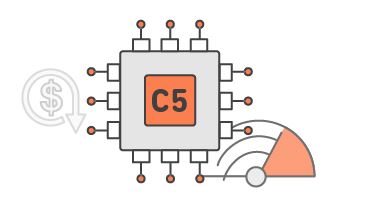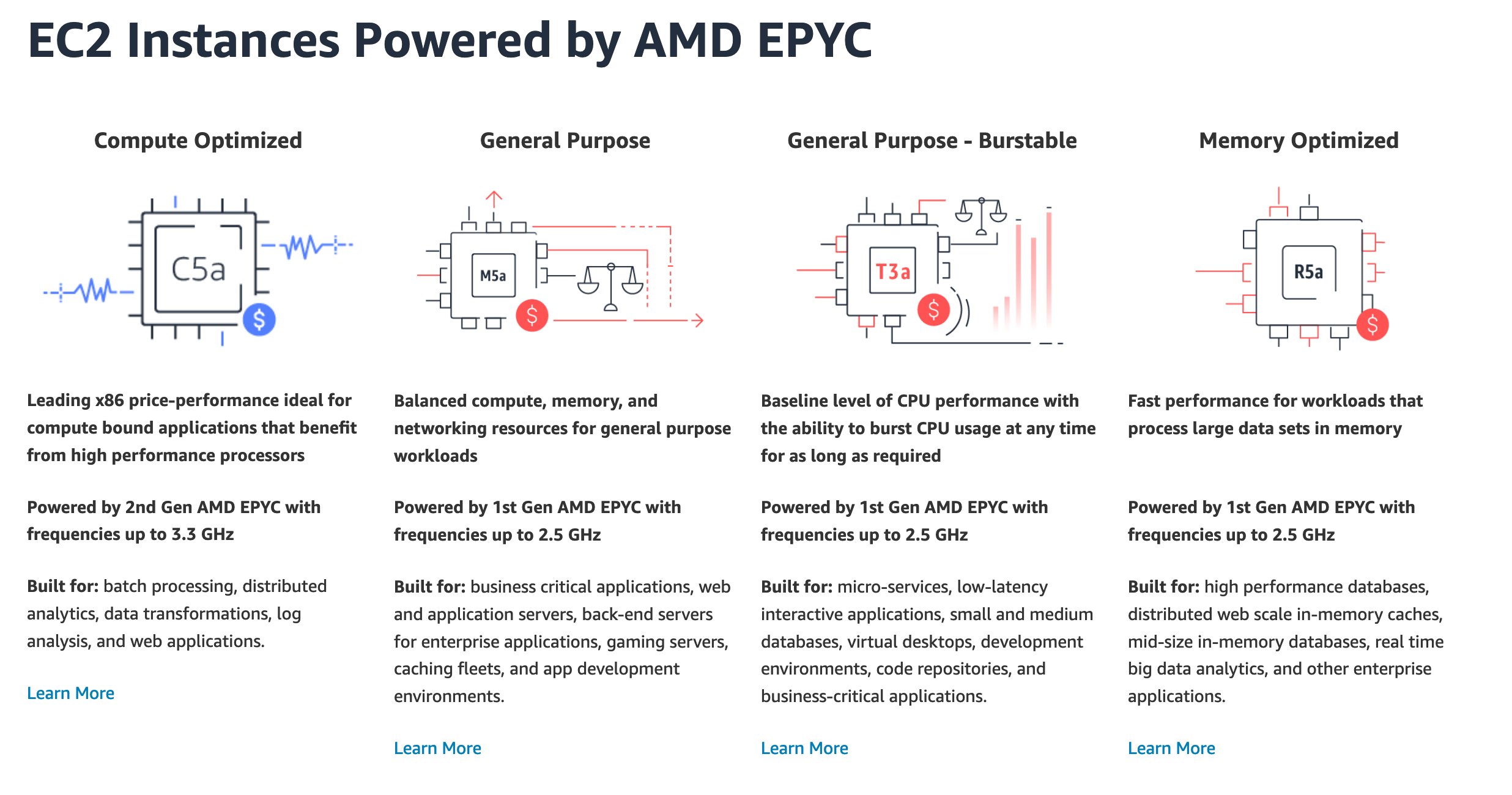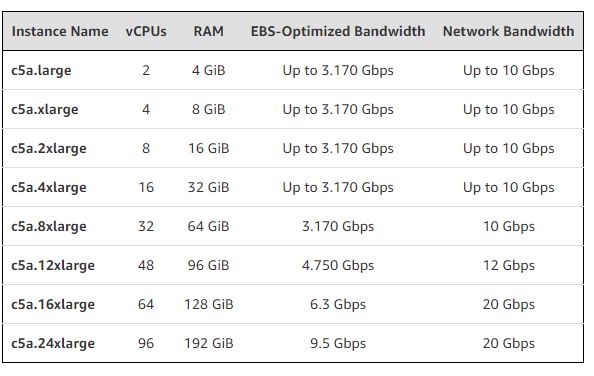AWS Announces AMD EPYC Rome-Powered Instances

Amazon Web Services (AWS) and AMD announced that new EC2 C5a instances with AMD's EPYC Rome processors are now generally available to the public. The news comes as AMD continues to execute on one of its primary strategies to expand its data center share rapidly: Leveraging the scale of cloud service providers by powering instances that lower the cost of entry for new customers to test out EPYC hardware, while also reducing the amount of field engineering required to support a diverse range of potential customers.
This approach is also bearing fruit with other major service providers, as Tencent recently made a spate of instances available on Tencent Cloud. That development is particularly enticing for AMD, as Tencent recently announced that it would invest $70 billion in new infrastructure over the next five years, some of which will obviously turn into business for AMD.

Amazon's new C5a instances mark the debut of AMD's EPYC Rome processors to the cloud provider, which debuted six months ago, joining five different instance types powered by the first-gen EPYC processors. AMD also has its EPYC Milan processors slated for a Q4 launch, which means we could see Milan-powered AWS instances in 2021.
The C5a instances are designed to satisfy the needs of compute-heavy workloads at a 10% cost reduction relative to competing instances, with targeted workloads including analytics, batch processing, log analysis, and web applications.

The instances have up to 96 virtual CPUs (vCPUs - two threads per physical core) that run at 3.3 GHz. AWS uses the EPYC 7R32 processors for the instances, which come in eight varieties to address different compute and networking requirements and are available in US East (N. Virginia and Ohio), US West (Oregon), Europe (Ireland) and Asia/Asia Pacific (Sydney, Singapore) regions.
AWS will also serve up C5ad instances that come with speedy NVMe storage options that leverage the benefits of Rome's copious PCIe 4.0 connectivity, and bare metal instances in the near future.
AWS's own Graviton 2 instances serve as competing options, and early benchmarks from the Linux-loving Phoronix website indicate that both processors have their own respective strengths in varying workloads, with Graviton 2 instances enjoying a lower pricing structure to entice new users. However, the AMD EPYC Rome processors benefit from their x86 architecture, which reduces the amount of qualification required for software stacks.
Get Tom's Hardware's best news and in-depth reviews, straight to your inbox.

Paul Alcorn is the Editor-in-Chief for Tom's Hardware US. He also writes news and reviews on CPUs, storage, and enterprise hardware.